|
Blast
(Pyricularia oryzae)
| Symptoms |
|
| |
|
- All aboveground parts of the rice plant (leaves, leaf collar, culm, culm nodes, neck, and panicle) are attacked by the fungus
- initial symptoms are white to gray-green lesions or spots with brown borders
- Small specks originate on leaves - subsequently enlarge into spindle shaped spots(0.5 to 1.5cm length, 0.3 to 0.5cm width) with ashy center.
- older lesions elliptical or spindle-shaped and whitish to gray with necrotic borders Several spots coalesce to form big irregular patches.
- nodal infection causes the culm to break at the infected node
- Internodal infection also occurs at the base of the plant which causes white panicles similar to that induced by yellow stem borer or water deficit
- Lesions on the neck are grayish brown and causes the girdling of the neck and the panicle to fall over
- If infection of the neck occurs before milk stage, no grain is formed, but if infection occurs later, grains of poor quality are formed
- Lesions on the branches of the panicles and on the spikelet pedicels are brown to dark brown
- The size and shape of the spots vary on different rice varieties.
|
 |
| Lesions on leaves with grey centre and brown margin |
|
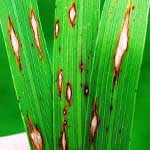 Spindle shaped lesions on leaves Spindle shaped lesions on leaves |
Leaf Blast
- Severe cases of infection - entire crop give a blasted or burnt appearance- hence the name "BLAST"
- Severe cases - lodging of crop (after ear emergence)
Neck Blast
Nodal Blast
- Nodes become black and break up
|
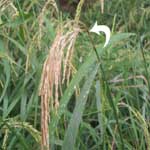 |
| Neck Blast |
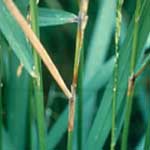 |
| Nodal Blast |
|
| Top |
| Management Strategies |
|
|
|
Cultural methods
- Planting resistant varieties against the rice blast is the most practical and economical way of controlling rice blast.
- Use of Tolerant varieties (CO 47, CO 50, ADT 36,ADT 37,ASD 16,ASD 20,ADT 39,ASD 19,TPS 3,White ponni,ADT 44,BPT 5204,CORH , Palghuna, Swarnamukhi, Swathi, Prabhat, IR - 64, , IR - 36, Jaya)
- Avoid excess N - fertilizer application
- Apply nitrogen in three split doses.
- Remove weed hosts from bunds.
|
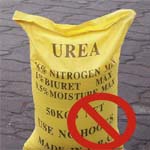 |
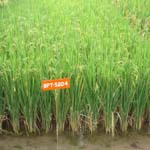 |
| Avoid Excees Use of Nitrogen Fertilizer |
Use Resistant variety
BPT 5204 |
|
Preventive methods
- Avoid dry nurseries.
- Avoid late planting.
- Burning of straw and stubbles after harvest
- Avoid grasses and other weeds on bunds and inside.
- Dry seed treatment with Pseudomonas fluorescens talc formulation @10g/kg of seed.
- Stagnate water to a depth of 2.5cm over an area of 25m2 in the nursery. Sprinkle 2.5 kg of P. fluorescens (talc) and mix with stagnated water. Soak the root system of seedlings for 30 min and transplant.
- Spray P. fluorescens talc formulation @ 0.5% from 45 days after transplanting at 10 day intervals, three times.
|
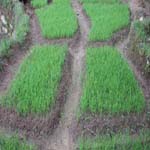 |
 |
| Avoid Dry Nursery |
Root Dipping of Seedlings in Pseudomonas |
|
Chemical methods
- Do not apply lower/higher doses of fungicides.
- Spray before 11.00 AM/after 3.00 PM.
- Avoid noon hours for spraying.
- Seed treatment at 2.0 g/kg seed with Captan or Carbendazim or Thiram or Tricyclazole.
- Systemic fungicides such as pyroquilon and tricyclazole are possible chemicals for controlling the disease.
- Spraying of Tricyclazole at 1g/lit of water or Edifenphos at 1 ml/lit of water or Carbendazim at 1.0 gm/lit.
- 3 to 4 sprays each at nursery, tillering stage and panicle emergence stage may be required for complete control.
- Nursery stage: Light infection - Spray Carbendazim or Edifenphos @ 1.0 gm/lit.
- Pre-Tillering to Mid-Tillering: Light at 2 to 5 % disease severities - Apply Edifenphos or Carbendazim @ 1.0 gm/lit. Delay top dressing of N fertilizers when infection is seen.
- Panicle initiation to booting: At 2 to 5% leaf area damage- spray Edifenphos or Carbendazim or Tricyclazole @ 1.0 gm/lit.
- Flowering and after: At 5 % leaf area damage or 1 to 2 % neck infection spray Edifenphos or Carbendazim or Tricyclazole @ 1 g /lit of water.
|
|
|
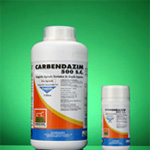 |
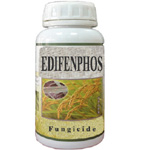 |
| Spray Carbendazim |
Spray Edifenphos |
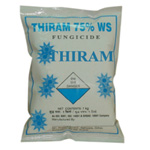 |
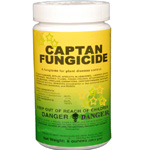 |
| Thiram-Seed Treating Fungicide |
Treat the Seeds with Captan |
| |
Top |
|

 Spindle shaped lesions on leaves
Spindle shaped lesions on leaves

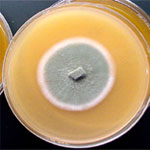
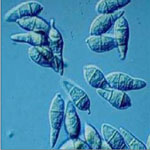
 in shape..jpg)









